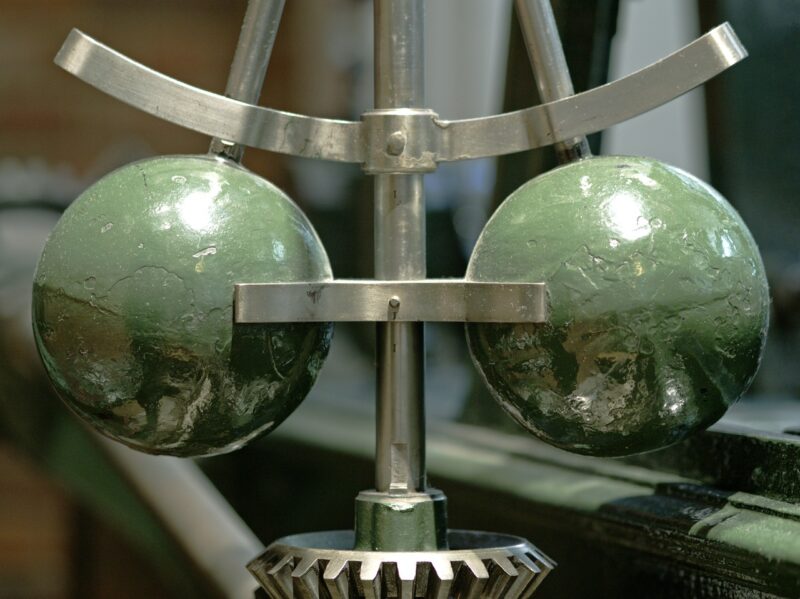How the Industrial Revolution Changed Society Forever
November 9, 2024

The Industrial Revolution marks one of the most transformative periods in human history, fundamentally altering the way society functions. Stretching from the late 18th century into the 19th century, this epoch created a seismic shift in technology, socioeconomic conditions, and cultural norms. From the development of machinery to the rise of urbanization, the impacts are still felt today.
1. Understanding the Industrial Revolution
The Industrial Revolution is often categorized into two main phases: the First Industrial Revolution, which began in Britain around 1760, and the Second Industrial Revolution, occurring in the late 19th century. The first phase focused on the transition from hand production methods to machinery, while the second phase expanded on technological innovations, including electricity.
Some key inventions of this era include:
- The Spinning Jenny: Invented by James Hargreaves in 1764, this multi-spindle spinning frame revolutionized the textile industry.
- The Steam Engine: Perfected by James Watt in the late 18th century, this invention enabled factories to be powered by steam rather than water or manual labor, increasing productivity immensely.
- The Cotton Gin: Invented by Eli Whitney in 1793, this device mechanized the separation of cotton fibers from seeds and greatly accelerated cotton production in the United States.
Understanding these inventions shows how the Industrial Revolution was not merely about machinery; it encompassed a complete social transformation.
2. The Shift to Urbanization
With the rise of factories came an unprecedented migration of people from rural areas to cities in search of work. This urbanization altered the demographic landscape significantly. Cities like Manchester and Birmingham became industrial hubs, filled with factories and workers striving for opportunities. The consequences of urbanization were profound:
- Population Explosion: Cities swelled with workers, leading to overcrowded living conditions and significant population growth.
- New Social Classes: The Industrial Revolution saw the emergence of a new social structure environment, with distinct classes such as the industrial bourgeoisie (factory owners) and the proletariat (working class).
- Public Health Issues: Overcrowding and unsanitary conditions in rapidly growing urban centers resulted in severe public health crises, leading to outbreaks of diseases like cholera.
Urbanization, while a driver of economic growth, also created significant societal challenges that remain relevant today.
3. Economic Impacts of the Industrial Revolution
Economically, the Industrial Revolution catalyzed the birth of capitalism on a large scale. As factories generated goods faster than ever, the principles of supply and demand became more apparent. Here’s how it changed the economic landscape:
- Mass Production: Factories allowed for goods to be produced in bulk, reducing costs and making products more accessible to the average consumer.
- The Rise of Consumerism: With more goods available at lower prices, consumer culture began to flourish. This new demand for products spurred further industrial activity.
- Global Trade: Enhanced production capabilities facilitated international trade, leading to greater globalization of economies. Nations began to import and export goods on a scale never seen before.
As industries expanded, nation-states grew increasingly focused on economic policies and production, shaping the world into a more interconnected framework.
4. Social and Cultural Changes
The Industrial Revolution not only influenced economics but also had lasting implications on social structures and cultural life:
- Labor Rights Movements: As workers faced long hours and dangerous conditions, movements advocating for workers’ rights gained momentum. This ultimately led to labor unions and significant reforms in workplace safety and labor laws.
- Women in the Workforce: Many women began to enter the workforce in factories, challenging traditional gender roles and expectations. While working conditions were poor, this shift was pivotal in redefining women’s roles in society.
- Cultural Shifts: Artistic movements like Romanticism emerged as a response to industrialization, emphasizing nature and individuality against the backdrop of an increasingly mechanized world.
The societal upheaval caused by the Industrial Revolution laid the groundwork for modern concepts of labor rights and gender equality.
5. Environment and the Industrial Revolution
The environmental impact of the Industrial Revolution is another crucial factor to consider. The influx of factories led to increased pollution, deforestation, and depletion of natural resources. Overshadowed by the benefits of industrial growth, these impacts initiated early conversations about environmental stewardship.
- Air and Water Pollution: The burning of coal in steam engines and factories contributed to severe air pollution, while industrial waste polluted rivers and water sources, setting a precedent for modern environmental issues.
- Resource Depletion: Rapid industrialization increased demand for raw materials, leading to unsustainable extraction practices that harm ecosystems to this day.
- Early Environmental Movements: The consequences of industrial growth began to foment early environmental consciousness, paving the way for conservation efforts in later years.
The environmental ramifications of the Industrial Revolution continue to challenge global societies as we navigate sustainable development in the 21st century.
Conclusion
The Industrial Revolution was a pivotal chapter in human history that reshaped multiple facets of life, laying the foundation for the modern world. It birthed innovations that remain at the core of today’s industry, fundamentally altered the structure of society, and created dynamics between economics, culture, and the environment that still resonate.
As we reflect on this monumental movement, it is essential to understand both its victories and lessons learned, ensuring that we build towards a sustainable and equitable future inspired by the transformative changes of the past.







